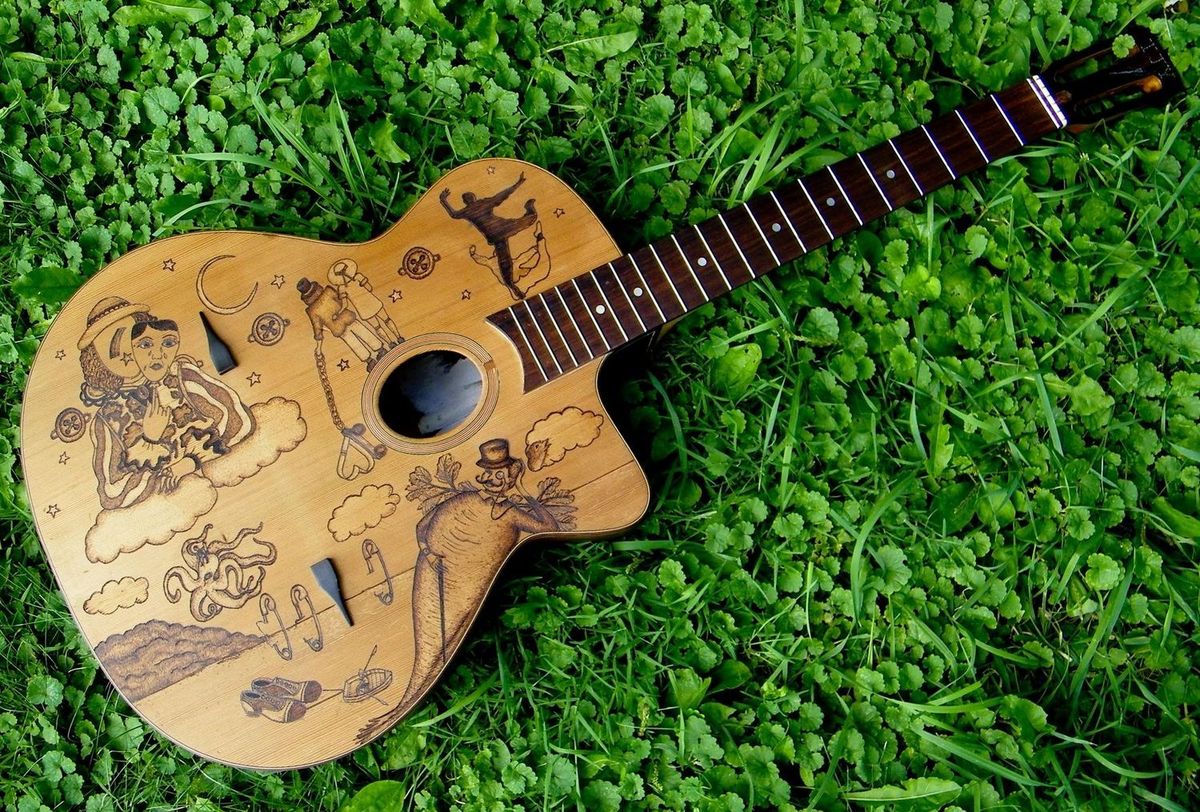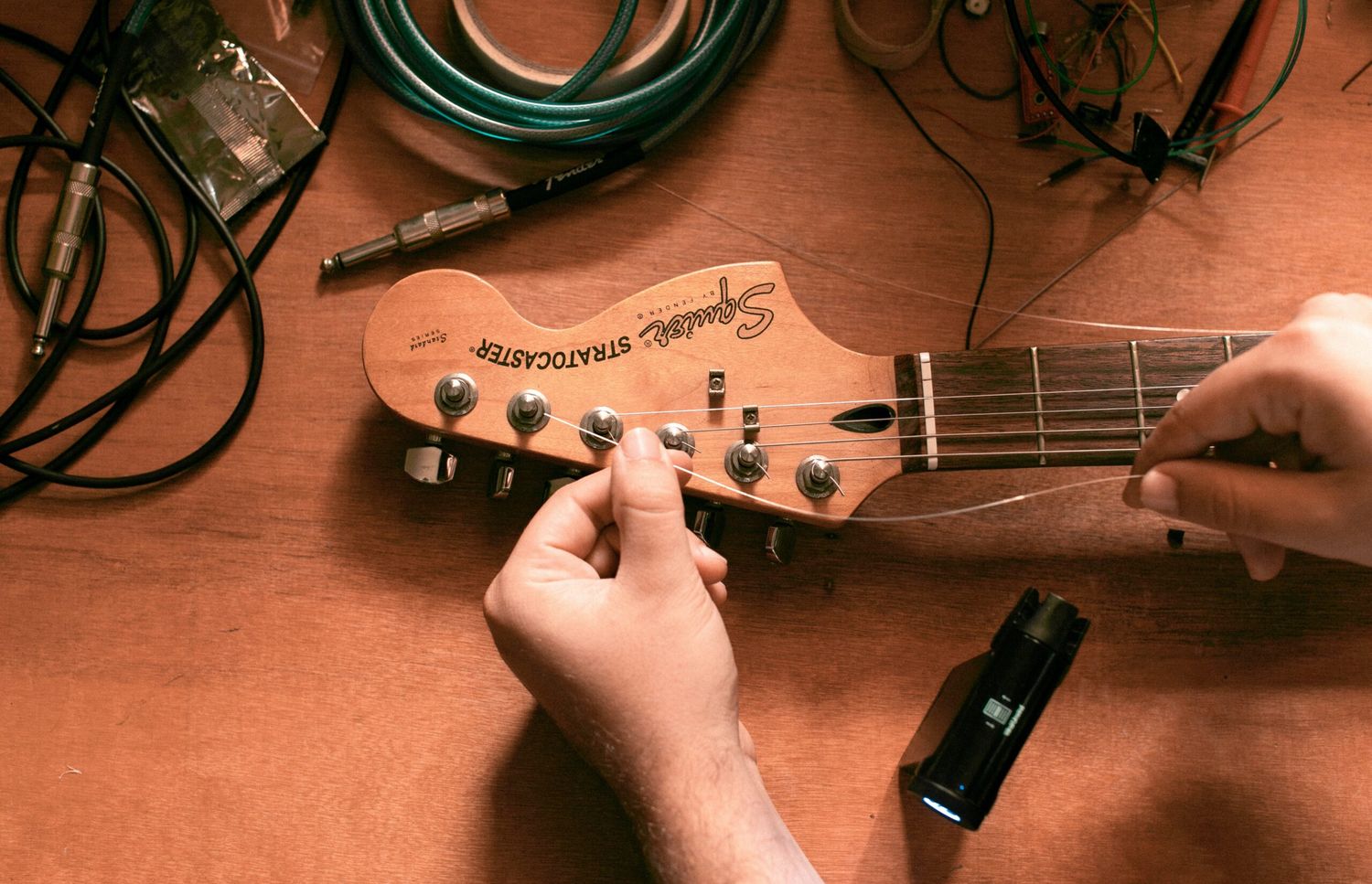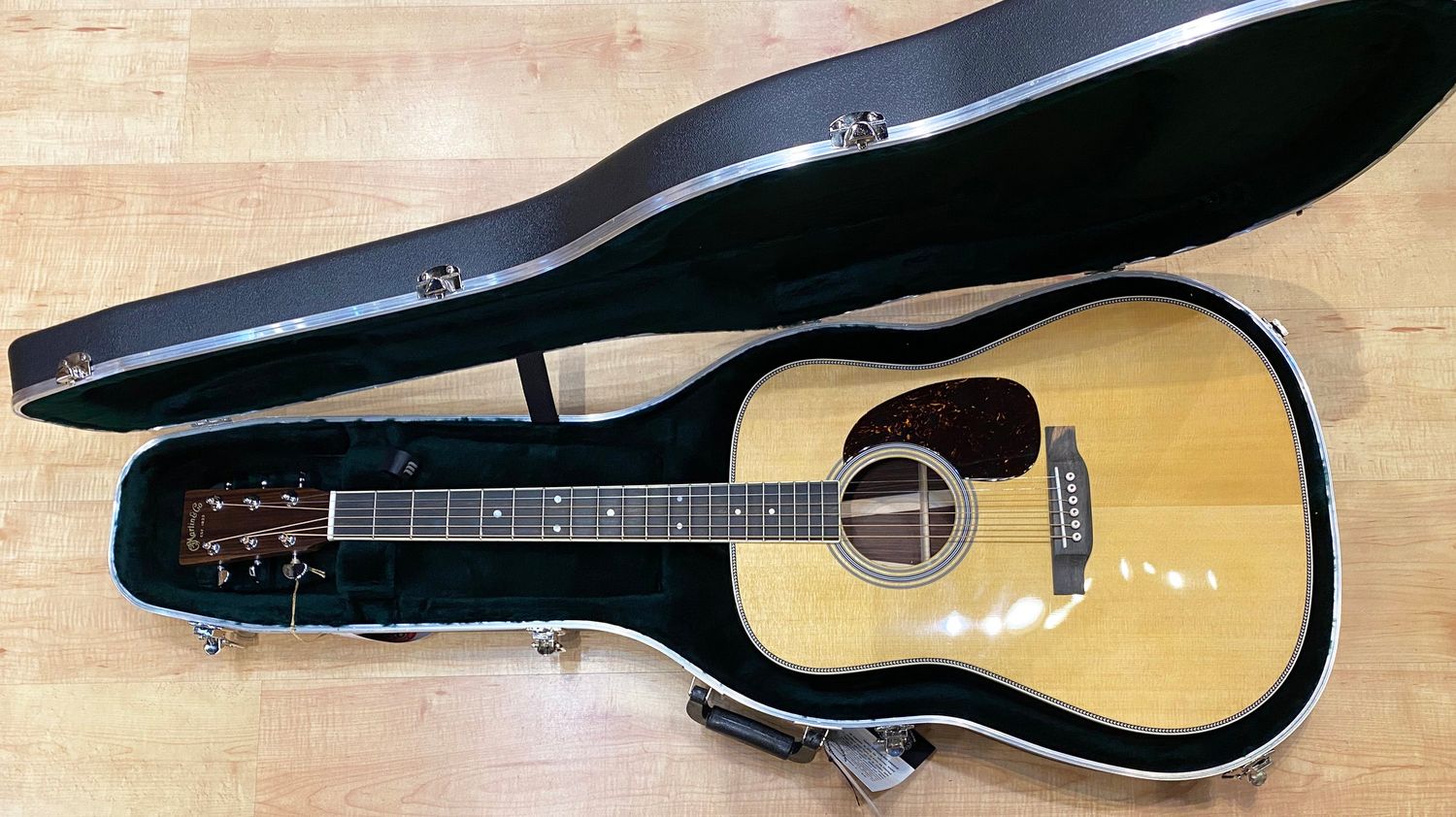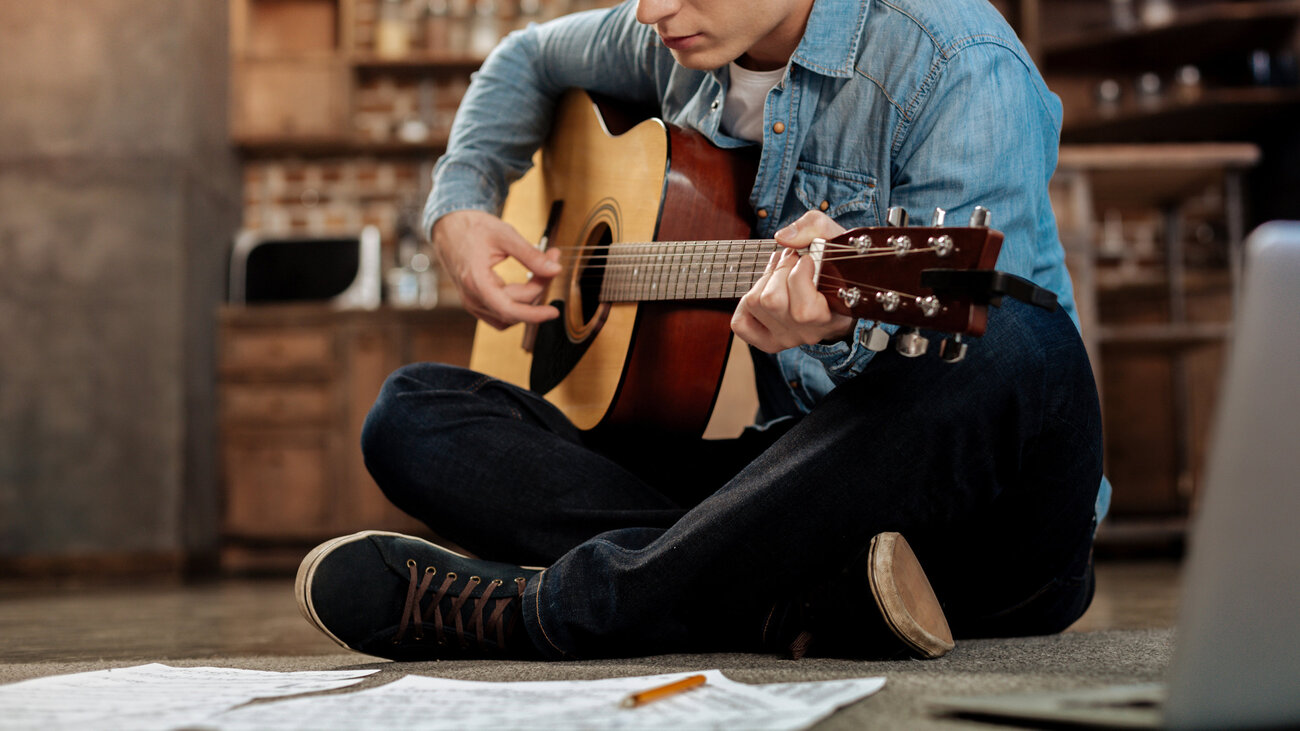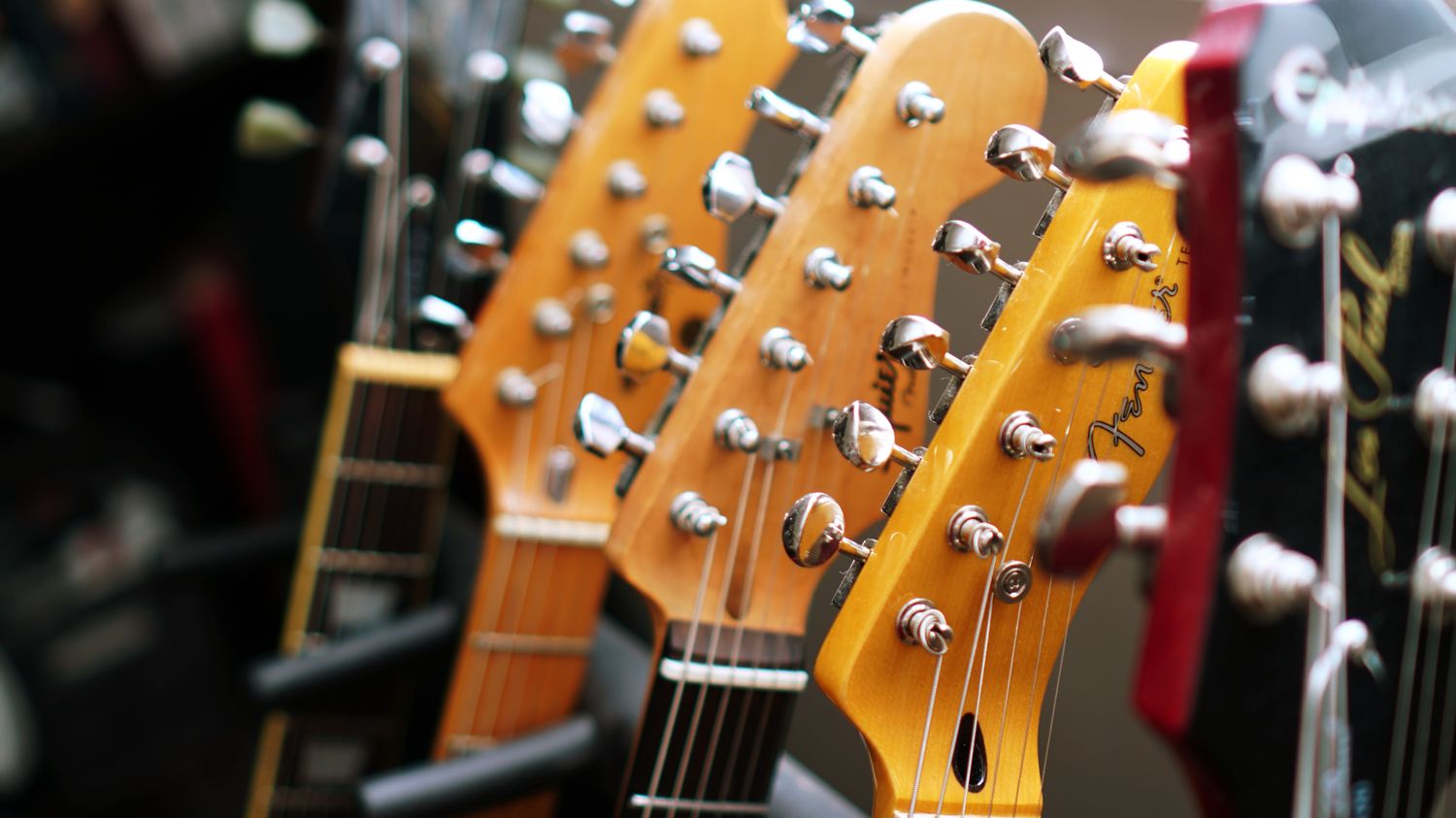Home>Instruments>Guitar>How To EQ A Guitar


Guitar
How To EQ A Guitar
Modified: February 15, 2024
Learn how to EQ a guitar to achieve the perfect sound. Get expert tips and techniques for guitar EQing. Master the art of guitar equalization now!
(Many of the links in this article redirect to a specific reviewed product. Your purchase of these products through affiliate links helps to generate commission for AudioLover.com, at no extra cost. Learn more)
Introduction
Welcome to the world of guitar EQ! Whether you’re a seasoned guitarist or a newcomer to the instrument, understanding how to effectively EQ a guitar is essential for achieving the desired tone and sound quality. Equalization, commonly known as EQ, plays a pivotal role in shaping the overall sonic character of a guitar, allowing you to fine-tune its frequencies to suit various musical styles and performance settings.
In this comprehensive guide, we’ll delve into the intricacies of guitar EQ, exploring the fundamental concepts, control mechanisms, and advanced techniques that will empower you to harness the full potential of your instrument's sound. From the basic principles of EQ to practical applications and creative approaches, this article will equip you with the knowledge and skills to elevate your guitar playing experience.
Whether you’re aiming for a crisp, bright sound for a lively acoustic performance or a deep, resonant tone for a soulful blues jam, mastering the art of EQ will enable you to sculpt your guitar’s sonic landscape with precision and artistry. So, grab your guitar, plug in, and get ready to embark on an enlightening journey into the realm of guitar EQ mastery.
Understanding EQ
Before diving into the specifics of guitar EQ, it’s crucial to grasp the fundamental principles of equalization. EQ is a powerful tool that allows you to adjust the balance of frequencies within the audio spectrum, shaping the tonal characteristics of your guitar’s sound. The frequency spectrum is typically divided into three primary bands: low, mid, and high frequencies, each of which can be manipulated to enhance or attenuate specific sonic qualities.
Low frequencies, often referred to as bass frequencies, contribute to the warmth and depth of the guitar’s sound. By adjusting the low-frequency EQ settings, you can emphasize the richness of the lower tones or mitigate any muddiness that may detract from the clarity of your playing. Mid frequencies encompass the body and presence of the guitar’s sound, offering a means to accentuate the instrument’s resonance and projection. High frequencies, encompassing the treble range, influence the brightness and articulation of the guitar, allowing you to achieve a sparkling, defined sound or tame any excessive sharpness.
Understanding the interplay of these frequency bands is essential for sculpting a well-balanced and harmonious guitar tone. Whether you’re aiming to achieve a warm, vintage-inspired sound reminiscent of classic rock ballads or a crisp, modern tone suited for intricate fingerstyle playing, a nuanced understanding of EQ is indispensable.
Moreover, it’s important to recognize that EQ adjustments can vary significantly based on the type of guitar, pickup configuration, amplification system, and playing environment. Acoustic guitars, for instance, may require distinct EQ considerations compared to electric guitars, while the choice of amplifiers and effects pedals can further influence the EQ requirements.
By mastering the art of EQ, you’ll gain the ability to tailor your guitar’s sonic character to suit a diverse range of musical genres and performance contexts, from intimate studio recordings to dynamic live shows. With a solid foundation in the principles of equalization, you’ll be well-equipped to explore the nuances of guitar EQ controls and techniques, unlocking a world of creative sonic possibilities.
EQ Controls on a Guitar
When it comes to adjusting the EQ of a guitar, various instruments and amplification systems offer a range of controls that enable precise tonal shaping. Understanding these EQ controls is essential for tailoring your guitar’s sound to your preferences and the specific demands of different musical contexts.
On an acoustic-electric guitar, built-in preamps often feature basic EQ controls that allow you to adjust the bass, midrange, and treble frequencies. These controls, typically presented in the form of knobs or sliders, provide a straightforward means of sculpting the instrument’s sound without the need for external equalization devices. By making subtle adjustments to these EQ settings, you can refine the tonal characteristics of your acoustic-electric guitar to achieve a balanced, resonant sound that complements your playing style.
Electric guitars, when connected to amplifiers with integrated EQ controls, offer even greater flexibility in tonal manipulation. Many guitar amplifiers feature dedicated knobs for bass, midrange, and treble, enabling you to fine-tune the frequency response to suit your sonic preferences. Additionally, some amplifiers provide presence and resonance controls, which further contribute to the overall EQ adjustments, allowing you to enhance the clarity and depth of your guitar’s sound.
For electric guitarists who utilize effects pedals and multi-effects processors, EQ shaping can be further refined through the implementation of graphic equalizers and parametric EQs. These devices offer a more intricate level of control over specific frequency bands, empowering you to sculpt the guitar’s sonic character with exceptional precision. Whether you’re seeking to emphasize the punchy midrange for a bluesy overdriven tone or dial in a shimmering high-end sparkle for ethereal lead passages, the versatility of EQ pedals and processors provides a wealth of creative possibilities.
It’s important to approach EQ adjustments on a guitar with a discerning ear, as subtle tweaks to the bass, mid, and treble settings can significantly impact the instrument’s overall tonal balance. By familiarizing yourself with the EQ controls on your guitar, amplifier, and associated effects, you’ll gain the insight and dexterity to craft a personalized sonic signature that reflects your musical identity.
EQ Techniques
Mastering the art of EQ techniques is essential for achieving a refined and captivating guitar sound. Whether you’re aiming to carve out a distinctive sonic presence in a mix or enhance the expressiveness of your playing, employing effective EQ techniques can elevate your guitar tones to new heights.
One fundamental EQ technique involves addressing frequency imbalances to enhance the clarity and definition of your guitar’s sound. For instance, if you find that your guitar tone sounds muddy or lacks articulation, you can use EQ to attenuate excessive low frequencies, thereby restoring transparency and precision to your playing. Conversely, if your guitar tone lacks warmth and depth, subtle boosts in the low-frequency range can infuse your sound with a rich, resonant quality.
Another valuable EQ technique is notch filtering, which involves surgically removing specific frequencies that may produce unwanted resonances or harsh overtones. By identifying and attenuating problematic frequencies, you can mitigate feedback issues, minimize harsh tonal artifacts, and ensure a more balanced and pleasant listening experience for both live performances and studio recordings.
Shaping the midrange frequencies is also a crucial aspect of guitar EQ techniques. The midrange governs the body and projection of the guitar’s sound, making it a vital area for sculpting the instrument’s tonal character. Whether you seek to accentuate the expressive qualities of your lead guitar passages or enhance the punch and presence of rhythm guitar parts, judicious adjustments to the midrange EQ can yield significant sonic enhancements.
Furthermore, exploring advanced EQ techniques such as parametric equalization and frequency sweeping can provide you with unparalleled control over the tonal nuances of your guitar. Parametric EQs allow for precise adjustments of frequency bands, bandwidth, and amplitude, enabling you to target specific sonic elements with surgical precision. Frequency sweeping involves systematically sweeping through the audio spectrum to identify problematic or resonant frequencies, allowing you to pinpoint and address tonal irregularities with remarkable accuracy.
When employing EQ techniques, it’s important to approach the process with a discerning ear and a clear sonic vision. By honing your EQ skills and experimenting with different tonal adjustments, you’ll develop an intuitive understanding of how to shape your guitar’s sound to suit diverse musical contexts and personal preferences. Whether you’re crafting lush ambient textures, searing lead tones, or thunderous rhythm guitar sounds, the art of EQ techniques will serve as an invaluable ally in your sonic explorations.
Conclusion
As we conclude our exploration of guitar EQ, it’s evident that mastering the intricacies of equalization is pivotal for unlocking the full sonic potential of the instrument. Whether you’re an acoustic purist seeking to sculpt the perfect fingerstyle tone or an electric virtuoso aiming to unleash searing lead solos, the art of EQ empowers you to shape your guitar’s sound with precision and artistry.
By understanding the fundamental principles of EQ and familiarizing yourself with the EQ controls on your guitar, amplifier, and effects, you can embark on a journey of sonic discovery, tailoring your guitar tones to suit a diverse array of musical genres and performance settings. From the resonant warmth of bluesy overdriven tones to the crystalline clarity of delicate arpeggios, EQ techniques offer a wealth of creative possibilities for expressing your musical identity.
Moreover, the ability to address frequency imbalances, sculpt the midrange character, and employ advanced EQ techniques such as notch filtering and parametric equalization equips you with the tools to refine and enhance your guitar’s sonic landscape. Whether you’re performing in a live setting, recording in the studio, or experimenting with innovative soundscapes, the art of EQ techniques will serve as a steadfast ally in your sonic explorations.
As you continue to hone your EQ skills and refine your tonal palette, remember that the pursuit of exceptional guitar tones is an ongoing and deeply personal journey. Embrace the process of experimentation, trust your creative instincts, and allow your musical vision to guide your EQ decisions. With dedication and a discerning ear, you’ll unravel the boundless potential of guitar EQ, crafting captivating tones that resonate with emotion and artistry.
So, whether you’re strumming an acoustic ballad under the stars or unleashing electrifying riffs on a concert stage, let the art of EQ be your steadfast companion, empowering you to shape the sonic tapestry of your guitar with skill, passion, and boundless creativity.

